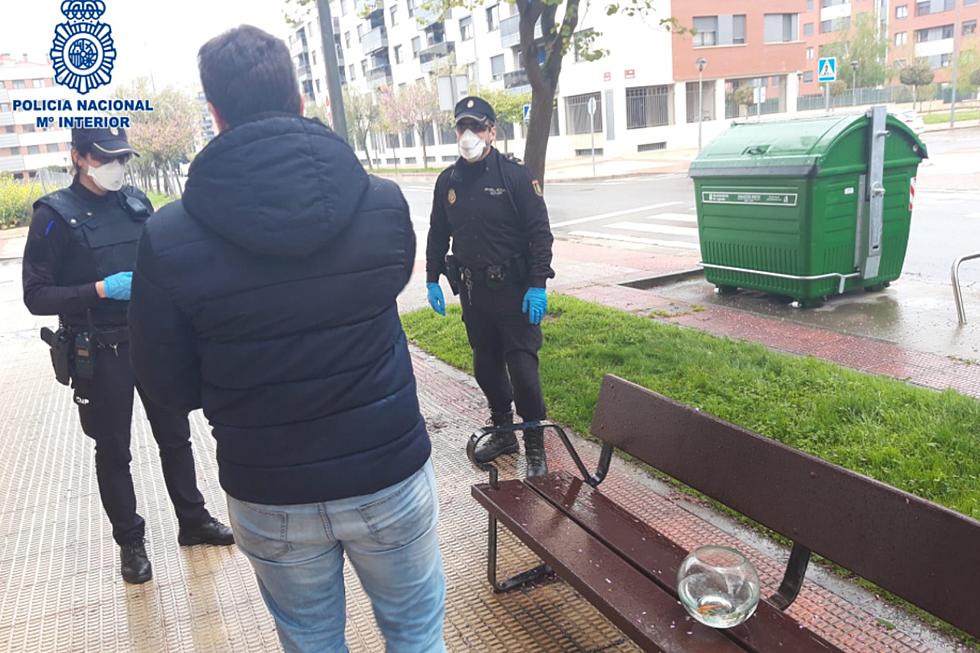
How Fresh Is “Fresh” Fish In Iowa?
As someone that grew up in the Ocean State and with family members working on fishing boats, I was definitely spoiled with fresh seafood all the time. And when I say fresh, I mean straight off the boat fresh.
But now, having moved to Iowa, a very landlocked state, that’s not a luxury I can have anymore- but when I look up fresh seafood there are still more options than I expected.
The label “fresh” can lead you to believe that your fish is… well, fresh. However, this doesn’t mean that the fish has never been frozen.
Actually, when a fish has been frozen within hours of it being caught, the deterioration process is stopped, preserving the fish’s freshness. A lot of wild fish are even frozen at sea to preserve their quality and taste.
US Aquaculture
In 2019, around 50 percent of imported seafood was a result of aquaculture. Aquaculture is the breeding, raising, and harvesting of fish, shellfish, and other water-based organisms—so essentially you are farming in water.
Aquaculture is also used as a tool to restore habitats.
From 2013 to 2018, US aquaculture production increased an average of 1.7 percent per year. During that same time, domestic sales of aquaculture products increased 1.5 percent per year.
US Aquaculture is expected to see a forecasted 5.7 percent expansion in production annually through 2025. The biggest driver to this expansion is with people moving back to their eating-out lifestyles as well with the expansion of the US population.
Aquaculture is also expecting a boom with people turning to farm seafood as an alternative to overfishing concerns in the wild.
Welcome To Iowa - City Signs #1
Could You Live in a 500 Sq. Foot Home?
More From Q98.5
![Midwest Man Becomes Best Friends With A Fish [VIDEO]](http://townsquare.media/site/675/files/2023/06/attachment-fish.jpg?w=980&q=75)








